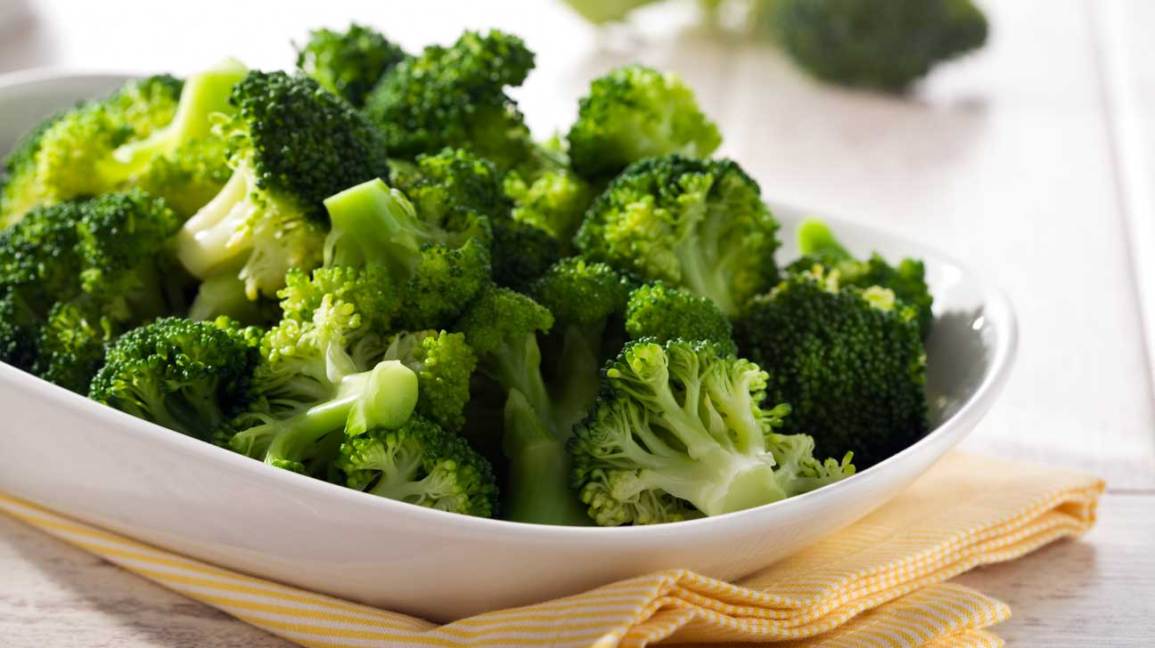Our Products
Broccoli has a complex positive effect on the body

Broccoli
Price: ₹ ---.00 - ---.00 / 1
Min 5 tons --- (MOQ)
Get Best Price
Business Type: Manufacturer, Exporter
Brand Name: Natural Foods
Usage/Application : Food
Preferred Buyer From
Location: India, Bangladesh, Canada, China, France, Ghana, Kenya, Sri Lanka, United Kingdom, United States, South Africa
Request To Call Send Enquiry
Product Details
Packaging Size: 25-50kg
Speciality: No Artificial Flavour
Country of Origin : India
Material : Broccoli
Delivery Time: 30 Days
Quality Available : A Grade
Shelf Life : 12 Month
Packaging Type : ---
Product Code: ---
Payment Terms : L/C, T/T, Western Union, Other
Broccoli is a nutrient-rich vegetable that belongs to the cruciferous family, which also includes cauliflower, cabbage, and Brussels sprouts. Known for its distinct flavor and numerous health benefits, broccoli is a staple in many diets worldwide. Here’s an in-depth look at broccoli:
1. Types of Broccoli:
- Calabrese Broccoli: This is the most common variety, named after the Italian region of Calabria. It has large green heads and thick stalks.
- Sprouting Broccoli: Characterized by its thinner stalks and multiple small florets, sprouting broccoli comes in both green and purple varieties.
- Broccolini: A hybrid of broccoli and Chinese broccoli (gai lan), broccolini has long, slender stalks and smaller florets with a sweeter taste.
- Romanesco: This variety is known for its striking fractal pattern and lime-green color. It has a slightly nutty flavor and is often used as a visual centerpiece in dishes.
2. Culinary Uses:
- Raw: Broccoli can be eaten raw, often as part of a crudité platter or in salads. Raw broccoli has a crisp texture and slightly peppery flavor.
- Steamed: Steaming broccoli helps retain its nutrients and color while softening its texture. It's a common preparation method for a healthy side dish.
- Roasted: Roasting broccoli brings out its natural sweetness and adds a slightly smoky flavor. It's often seasoned with olive oil, garlic, and herbs.
- Sautéed: Sautéed broccoli is quick to prepare and can be tossed with garlic, soy sauce, or other seasonings for added flavor.
- Stir-Fried: Broccoli is frequently used in stir-fries, where it pairs well with various meats, tofu, and other vegetables.
- Soups and Stews: Broccoli is commonly used in soups, such as broccoli cheddar soup, where its flavor and texture shine.
- Casseroles: Broccoli is a popular ingredient in casseroles, often combined with cheese, rice, or pasta.
3. Nutritional Benefits:
- Rich in Vitamins: Broccoli is an excellent source of vitamins C and K. Vitamin C supports immune function and skin health, while vitamin K is important for bone health and blood clotting.
- High in Fiber: The dietary fiber in broccoli supports digestive health and helps regulate blood sugar levels.
- Antioxidants: Broccoli contains powerful antioxidants, including sulforaphane, which may help reduce inflammation and protect against certain cancers.
- Low in Calories: Broccoli is low in calories, making it an ideal choice for weight management and a healthy diet.
4. Agriculture:
- Growing Conditions: Broccoli prefers cool weather and can be grown in both spring and fall. It thrives in well-drained, fertile soil and requires regular watering.
- Harvesting: Broccoli is typically harvested when the heads are firm and tight, before the flowers start to bloom. If left too long, the florets will turn yellow and the texture will become tough.
- Global Production: The largest producers of broccoli are China, India, the United States, and Italy. Broccoli is widely cultivated for both domestic use and export.
5. Cultural Significance:
- Historical Background: Broccoli has been cultivated since Roman times, with its origins believed to be in the Mediterranean. It was introduced to the United States in the early 20th century and has since become a popular vegetable.
- Culinary Traditions: Broccoli is a key ingredient in various cuisines, particularly Italian and Asian cooking. It's often used in pasta dishes, stir-fries, and as a side dish in Western cuisine.
- Health Symbolism: Broccoli is often associated with healthy eating and is a common feature in diets focused on weight loss and disease prevention.
6. Storage and Handling:
- Shelf Life: Broccoli is best stored in the refrigerator, where it can last for up to a week. It should be kept in a plastic bag to retain moisture.
- Preparation: Before cooking, broccoli should be washed thoroughly. The florets can be separated from the stalk, which is also edible and can be peeled and sliced for cooking.
7. Health Benefits:
- Cancer Prevention: The sulforaphane in broccoli has been studied for its potential to reduce the risk of certain cancers by protecting cells from DNA damage.
- Heart Health: Broccoli supports heart health by helping to lower cholesterol levels and reduce inflammation.
- Bone Health: The high vitamin K content in broccoli is crucial for maintaining strong bones and preventing osteoporosis.
- Detoxification: Broccoli helps support the body’s natural detoxification processes, thanks to its high levels of antioxidants and fiber.